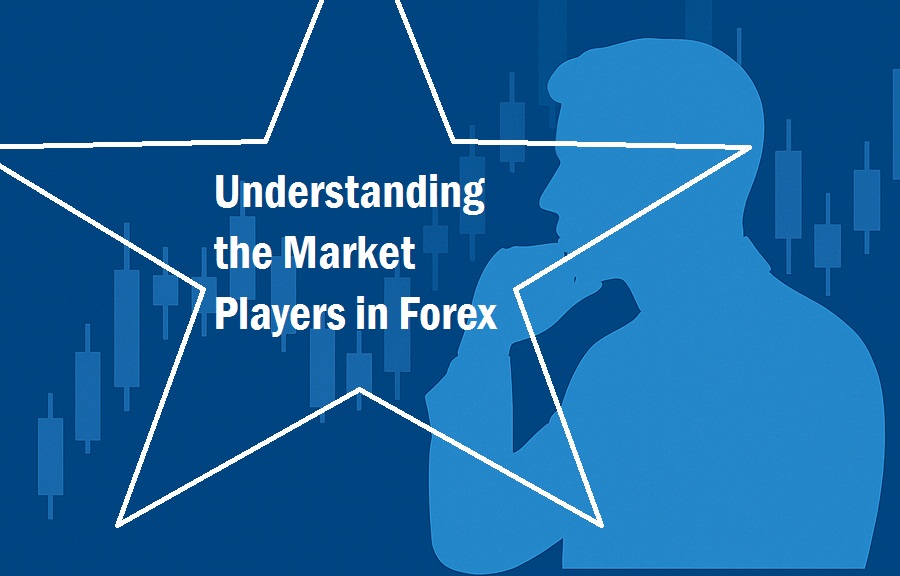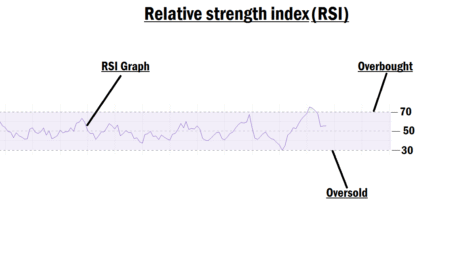Understanding the Market Players in Forex: Who Moves the Market?
Welcome to today’s lesson!
Today, we’re diving into a crucial topic: “understanding the key players in the forex market,” the forces behind those price movements we all aim to profit from.
Now that you understand your position in the forex market’s hierarchy, it’s time to go deeper. As a retail trader, you enter the market with relatively small capital, which is not enough to move the market on your own. It means you’re not the one shifting prices; instead, you profit by aligning your trades with the movements created by the major market players. That’s the real game.
From big financial institutions capable of moving the markets with a single trade to the solo trader working from a laptop at home, the forex market is a competitive battleground. One thing is certain. No one joins the market intending to lose. Whether it’s the big guns or small players, we’re all in it for profit.
Who Are the Big Players in the Forex Market?
1. Central Banks
Every nation has a central bank, the body responsible for managing monetary policy and regulating money supply. Whether the economy is large or small, the central bank ensures currency flow remains stable and controlled.
Major players include:
- Federal Reserve (USD)
- European Central Bank (EUR)
- Bank of England (GBP)
- Bank of Japan (JPY)
These central banks don’t just sit back and watch. If they feel their currency is overvalued or undervalued, they may intervene by adjusting interest rates or initiating large-scale currency buy/sell operations. When a central bank makes a move, the entire market pays attention.
2. Big Banks
In the forex world, commercial banks and other large financial institutions are serious movers. They facilitate currency transactions for multinational clients, hedge risks, and engage in proprietary trading, all of which inject huge liquidity into the market.
These banks set the exchange rates and execute massive trades daily. Their actions are powerful enough to influence currency trends. Collectively known as the interbank market, they form the core of daily forex volume.
Top players include:
- JPMorgan
- Citi
- HSBC
- Goldman Sachs
- UBS
- Deutsche Bank
- Bank of America
- Barclays
These banks are also market makers, constantly quoting bid and ask prices, thereby enabling trades for clients and keeping the market fluid.
3. Electronic Liquidity Providers (ELPs)
ELPs are technology-driven firms that use high-frequency trading (HFT) strategies to provide liquidity and maintain tight spreads in the forex market.
Unlike traditional liquidity providers, ELPs rely on speed and algorithmic precision. Using ultra-fast servers, low-latency networks, and advanced trading algorithms, they execute thousands of trades per second.
Prominent ELPs include:
- Citadel Securities
- Virtu Financial
- XTX Markets
- Jump Trading
- HC Tech
- Flow Traders
By identifying tiny price discrepancies and arbitrage opportunities, ELPs keep markets liquid and responsive, ensuring trades are executed at competitive prices.
4. Big Commercial Companies
Massive multinational corporations like Apple, Toyota, or ExxonMobil participate in the forex market primarily to manage currency exposure from international operations. When a company like Apple needs to purchase parts from Japan, it must convert USD to JPY, and these conversions can involve huge amounts of money, influencing exchange rates.
While these companies don’t trade as frequently as banks, their large volume transactions can create price movements, especially during mergers and acquisitions (M&A).
5. Speculators
Speculators play a big role in the forex market, though not as massive as the banks or central institutions. Their goal? To profit from price movements. They try to predict and ride the wave created by bigger players.
Speculators fall into two categories:
5.1 Hedge Funds and Institutional Traders (Smart Money)
These are high-capital market participants who trade with billions, capable of shaking the market when they act. Often referred to as “smart money,” they employ complex trading strategies using algorithms, quantitative models, and deep market analysis.
When hedge funds move, the market listens. Their trades can cause volatility, which can either benefit or wipe out retail traders who aren’t aligned.
5.2 Retail Traders
This is where you and I come in. the dreamers, hustlers, and ambitious traders. While our individual trade sizes are small, our collective presence adds liquidity and sometimes even drives short-term market trends.
Retail traders come in many forms:
- The weekend hobbyist
- The full-time day trader
- The aspiring pro building consistency
Even though we don’t move the market alone, by understanding what the big players are doing, we can position ourselves smartly and profit in their shadows.
Final Thoughts
Trading as a retail trader in a market dominated by giants can be risky, but it’s not hopeless. You don’t need to move the market; you just need to read it, react to it, and capitalize on what the big players are doing.
Invest in your education, practice risk management, and build a solid trading strategy. The smart trader isn’t the biggest. It’s the most informed and disciplined.









